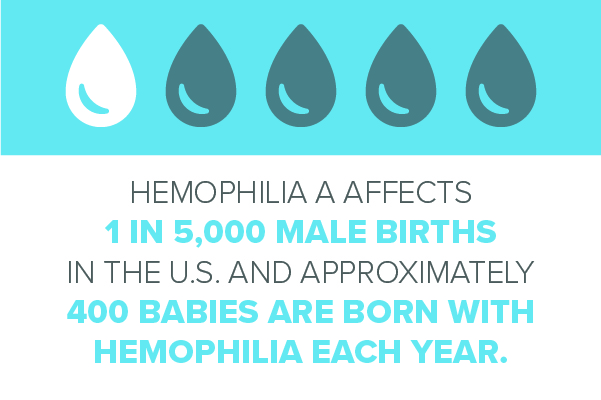

Medical IDs for Bleeding Disorders
Bleeding disorders are complex medical conditions that complicate blood clotting. It is recommended to wear a medical alert bracelet for any blood disorders, as medical personnel need to be notified of any blood disorders before providing medical treatment in an emergency. Proper clotting is critical for healing to take place after an injury. When a person has an injury to a blood vessel, the first thing the body does is constrict the flow of blood. Then the body sends platelets to plug the hole in the blood vessel wall. These platelets stick together; once this platelet plug is formed, the body sends the clotting factor to the site. All of these blood components work together to make a blood clot. If a person is missing or is deficient in one of these proteins or platelets, or they do not function properly, a normal blood clot will not form.
Although bleeding disorders can have similar symptoms and complications, they are also all different. Bleeding disorders are usually genetic. However, they can also be acquired. Bleeding disorders are not contagious.
Types of Bleeding Disorders
Von Willebrand's disease is the most common inherited bleeding disorder that affects an estimated 1% of the world's population. While rare, Hemophilia (Haemophilia) is the best-known coagulation disorder that is usually passed from parents to children.


According to the Hemophilia Federation of America, four hundred thousand people worldwide are living with hemophilia.
The National Institute of Health estimates that there are over 24,000 people in the UK with hemophilia.
|
|


Symptoms and Complications of Bleeding Disorders
Persons diagnosed with bleeding disorders are at risk of abnormal bleeding both outside and inside the body. Common injuries that seem normal for most people like simple cuts or bumping a body part can sometimes cause serious complications for a person with a bleeding disorder.
- Lengthy and uncontrollable bleeding
- Becoming unconscious or having difficulty breathing due to internal bleeding
- Repeated vomiting
- Convulsions or seizures
- Lethargy
In an emergency, bleeding disorders can be hard to identify but it is crucial to alert emergency responders of a bleeding disorder so they can act fast. Information about a bleeding disorder will prompt responders to treat and monitor bleeds promptly, administer blood clotting factor if required, and prevent treatments, medications, or procedures that can aggravate bleeding.
In many cases, there is reasonable treatment. The process that creates this healing clot is called the clotting cascade. HFA recommends that people with bleeding disorders should always wear medical identification for the following reasons:
- Medical IDs are a critical component to the overall health and safety of a person with a bleeding disorder.
- First responders are trained to look for medical IDs (like a necklace, bracelet, or other identifying tag) during an emergency.
- If somehow rendered unable to speak for yourself, medical identification can provide medical professionals with crucial information to avoid misdiagnosis and to administer appropriate and emergent care.
What to Engrave on a Bleeding Disorder Medical ID
Medical alert jewellery is a simple and effective tool to communicate bleeding disorders in an emergency, even when the wearer becomes unconscious or unable to speak. Every person and bleeding disorder are different which is why a custom engraved medical alert bracelet or necklace is recommended over a generic pre-engraved medical ID.


Here is a list of what to put on a bleeding disorder medical ID:
- Your name to quickly identify yourself
- Your medical conditions which can include the type of bleeding disorder that you have and any other condition or allergy that responders should be aware of
- Current medications that you are on. For bleeding disorders such as Hemophilia, this may include clotting factor concentrates and/or synthetic hormone.
- Your emergency contacts

 - US
- US  - Canada
- Canada  - Australia
- Australia 





